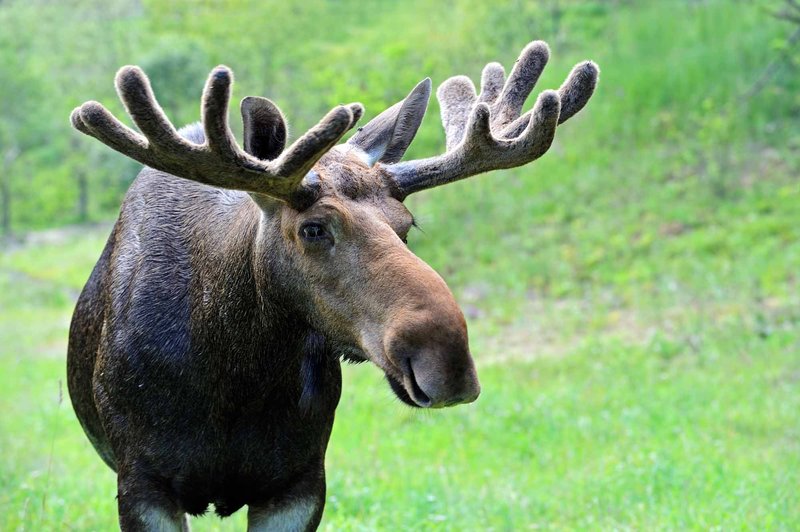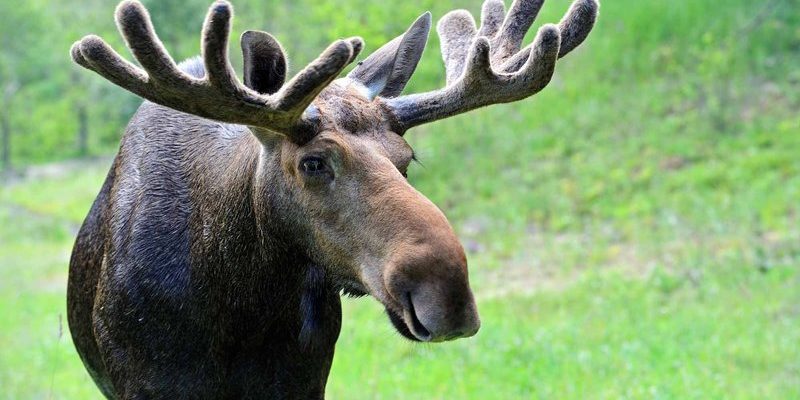
Moose are fascinating animals, often likened to gentle giants of the forest. They can be a comforting sight while hiking or driving through the wilderness. Yet, just like a puzzle missing a piece, the loss of moose could leave a gap in our ecosystem. Understanding whether moose are endangered isn’t just about the species itself—it’s about the overall health of our environment. Grab a cup of coffee, and let’s dive into the world of moose conservation.
Current Status of Moose Populations
So, are moose endangered? The answer is a bit complicated. Globally, *moose populations are not currently classified as endangered*, according to conservation organizations. In fact, some populations are quite stable, especially in places like Alaska and Canada. However, in other regions, like the northeastern United States, moose numbers have been declining due to various threats.
One key factor influencing moose populations is habitat quality. Moose thrive in areas with plenty of food, like aquatic plants and young trees. As urban development pushes into natural habitats, these animals lose precious feeding grounds. Think of it like moving into a new neighborhood where all the best parks have been replaced by shopping malls. This shift can lead to nutritional stress, making it harder for moose to survive.
Another aspect to consider is the impact of climate change. Warmer temperatures can cause changes in habitats, affecting moose survival. For instance, milder winters can lead to an increase in parasites like ticks, which can decimate moose populations. It’s like walking through a forest and suddenly being attacked by mosquitoes—they can make a pleasant stroll quite miserable!
Threats to Moose Populations
Let’s talk about the hurdles moose have to jump over. While they might seem tough, moose face several threats that put their survival at risk.
- Habitat Loss: As mentioned earlier, urban expansion and logging can destroy the habitats that moose rely on for food and shelter.
- Climate Change: Changes in weather patterns can affect moose health through increased tick infestations and altered food availability.
- Vehicle Collisions: Moose are large animals, and when they cross roads, they can become victims of accidents. These collisions can seriously injure or kill the animals.
- Hunting and Poaching: Overhunting in certain areas can lead to population declines, especially if regulations aren’t properly enforced.
Each of these threats can create a domino effect that ultimately affects the entire ecosystem. For instance, when moose numbers decline, it can impact the predators that rely on them for food, leading to further disruptions in the natural balance.
Importance of Moose in Ecosystems
Moose might seem like just big animals wandering around, but they play a crucial role in their ecosystems. Their browsing habits help maintain the health of forests and wetlands. By munching on certain plants, they facilitate growth in others, allowing for a diverse range of vegetation.
Moose are also critical for many predators, like wolves and bears. These large herbivores contribute to the food chain, supporting a variety of life. If moose were to vanish, it would have cascading effects throughout the ecosystem. Think of it like removing a key ingredient from a delicious recipe—everything else might fall flat without it.
In addition to their ecological role, moose also hold cultural significance for many Indigenous communities. They are featured in traditions, stories, and their livelihoods. Losing moose would mean losing a part of cultural identity for some people.
Global Conservation Efforts for Moose
So, what are we doing about it? Various conservation organizations and government bodies are stepping in to help moose populations! From habitat restoration to research initiatives, there are several efforts underway.
- Habitat Restoration: Many organizations are working to restore natural habitats by replanting native vegetation and protecting wetlands.
- Research Programs: Scientists are studying moose health and behavior to better understand how to protect them. This knowledge helps in creating effective conservation strategies.
- Public Awareness Campaigns: Educating the public about moose and their challenges encourages people to get involved, whether through responsible tourism practices or community advocacy.
For example, in regions where moose populations are declining, wildlife agencies have initiated measures like controlled hunting seasons to ensure a balanced population. It’s like keeping the best ingredients for a meal but ensuring you don’t use them all at once.
How You Can Help Moose Conservation
Want to make a difference for moose? Here are some ways you can get involved, even if you’re not a wildlife expert.
- Educate Yourself: Learn about moose and their habitats. Understanding their needs is the first step in advocacy.
- Spread the Word: Share information about moose conservation on social media or in your community. Awareness is powerful.
- Support Conservation Organizations: Consider donating to or volunteering with local wildlife organizations that focus on moose and habitat preservation.
Every little bit helps! Even just observing moose respectfully and responsibly in their natural habitat can ensure they continue to thrive for generations to come.
So, is the moose endangered? While they’re not facing extinction globally, specific populations are experiencing challenges that could lead to local declines. The battle for moose conservation is ongoing, requiring collective efforts to ensure these remarkable animals—and their ecosystems—remain healthy.
By understanding the importance of moose and advocating for their protection, we can help ensure that future generations will also enjoy the sight of these majestic creatures roaming through the woods. Remember, every action counts, whether it’s spreading awareness, supporting conservation efforts, or simply appreciating moose in the wild. Together, we can make a difference!

